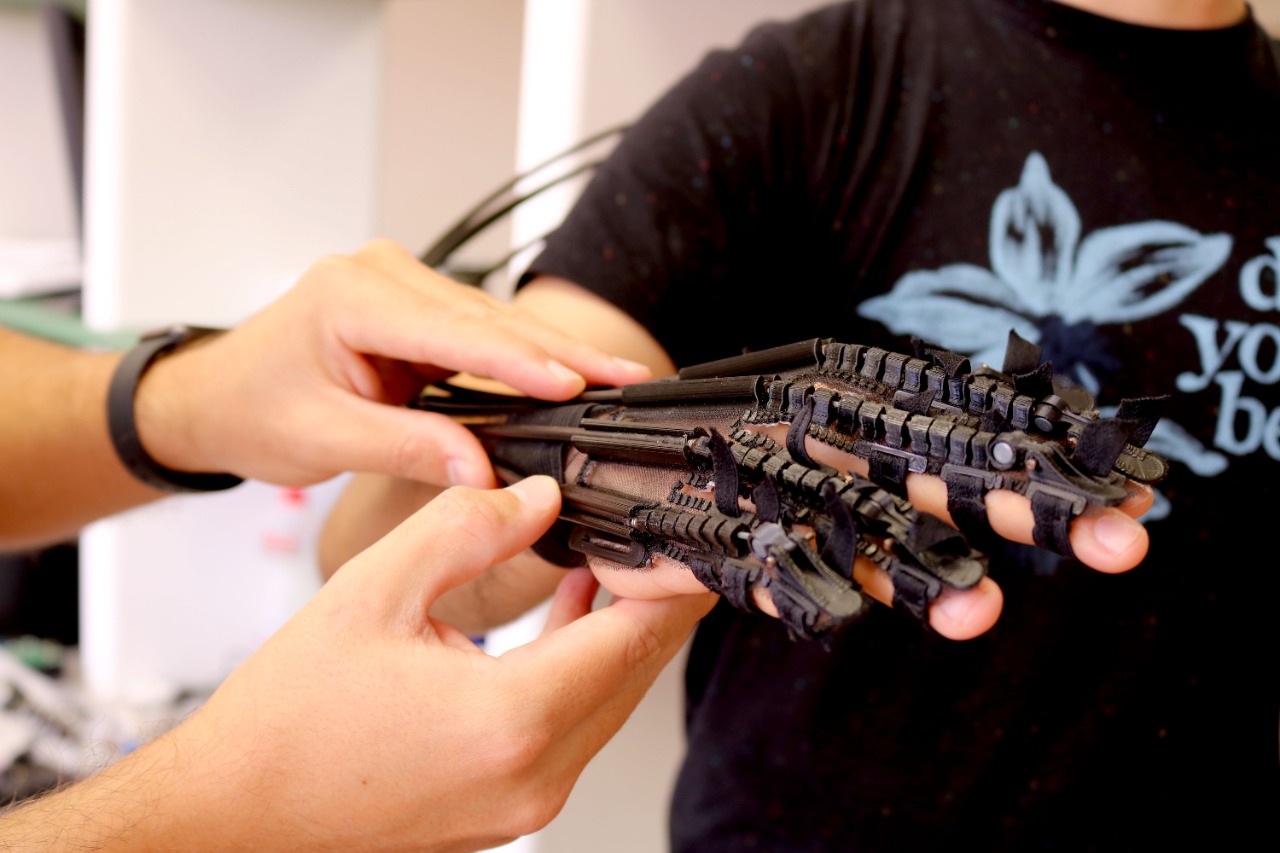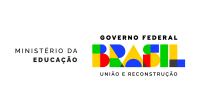People who have suffered a stroke may be affected by motor deficits in their hands and may even lose movement completely. With this in mind, researchers at the Santos Dumont Institute (ISD) have developed a lightweight, low-cost device that, if used in rehabilitation, could help restore finger extension and flexion movements in these individuals. While the devices generally used for rehabilitation of these people can cost up to $50,000, the one developed by the ISD researchers costs around $120, 140% cheaper than those currently available on the market.
To produce the device, a 3D printing technique associated with fabrics was used. The result is the HERO (Hand Exoskeleton for Rehabilitation Objectives), a wearable exoskeleton for the hand with rehabilitation objectives. In June, the researchers published the printing code in the scientific journal Frontiers in Neuroscience. From there, anyone will be able to print the exoskeleton designed by the researchers, and the technology should become increasingly accessible to rehabilitation clinics.
HERO is based on the Brain-Machine Interface, a line of research in Neuroscience that connects the brain to an electronic device. To use the equipment, patients wear an exoskeleton on their arm and an electroencephalogram on their head. Electrodes that capture brain signals are connected to the exoskeleton. Thus, even a patient with total loss of hand movement can control and move the device simply by imagining the movement, thanks to the transfer of these brain signals to HERO.
“Today, the gold standard equipment for rehabilitation costs around 10 to 50 thousand dollars. This cost ends up being completely inaccessible for patients, and the intention was to make treatment cheaper. What we did was use 3D printing with a new fabric manufacturing technology, and thus we were able to reduce the cost to around 120 dollars, which would be around 600 reais. It is an affordable piece of equipment that can even be used for rehabilitation at home”, explains neuroengineer from Rio Grande do Norte, Rommel Araújo, author of the article “Development of a Low-Cost EEG-Controlled Hand Exoskeleton 3D Printed on Textiles”, published in the scientific journal Frontiers in Neuroscience in June 2021.
Project
The HERO project has resulted in a lightweight, simple, portable and low-cost device. Its use is not restricted to a clinical setting. Users will therefore be able to perform motor training with the device in hospitals, rehabilitation clinics and at home, increasing intervention time. This could support motor rehabilitation and improve the quality of life of stroke survivors.
Stroke
Stroke is the formation of a sudden neurological deficit caused by a failure in the blood vessels of the Central Nervous System. According to the Brazilian Society of Cerebrovascular Diseases (SBDC), approximately 701% of people who suffer from stroke are unable to return to their professional activities. As a result of the after-effects of the condition, patients lose their autonomy and end up needing caregivers to perform daily tasks.
According to ISD professor and researcher Fabrício Brasil, the main approaches to restoring movement in stroke patients are medication and physiotherapy, but other techniques can be included. “The HERO exoskeleton is a technology that can improve results and restore movement in patients who have completely lost movement in their hands, because even in stroke survivors who generally damage the neural communication pathways, there is still the ability to perform what we call motor imagination, in most cases. In addition, the high cost of treatment can mean that patients only have access to conventional therapies,” he emphasizes.
According to the National Health Survey (2015), it is estimated that 2,231,000 million cases of Cerebrovascular Accident (CVA) occur in Brazil, and the occurrence of severe disability is present in 568 thousand of these cases.
Brain-Machine Interface
The Brain-Machine Interface is a methodology that aims to connect brain signals and electronic devices. “It allows us to capture brain signals, process them and extract from them the attributes necessary to interact, for example, with a machine or computer,” explains Professor Fabrício Brasil.
The technology allows the recording of the brain's electrical activity, which is decoded using algorithms and translated into machine language signals. In this way, the individual is able to control the electronic device by processing the commands given by the brain signals.
Open innovation
The HERO exoskeleton project article is a scientific production of methodology, and the device does not have a patent. The researchers' intention is to create a collaborative movement, in which anyone has access to the equipment's printing code.
“We chose not to create a patent so that anyone, anywhere, can access the article and print the exoskeleton, manufacture it and use it on their own. We believe that by leaving it open, it is possible to increase collaboration and the chances of this equipment being produced at low cost and thus, reduce the distance between people who need this technology and academia,” says researcher Rommel Araújo.
Next steps
The project that developed the HERO exoskeleton, already approved and published, was tested on a healthy volunteer. Now, the researchers have the prospect of developing a clinical study with patients who have motor disabilities in their fingers, in addition to developing the equipment for commercialization, through the creation of a startup.
“The idea now is to optimize this project so that we can make it as comfortable as possible for patients to use, and to use it with people who have already suffered a stroke and who need rehabilitation intervention. We want to evaluate how the exoskeleton behaves and what the results are when using it in conjunction with physiotherapy,” explains Rommel.
Master's in Neuroengineering
HERO is a project developed by Mechanical Engineer Rommel Araújo during the two years he spent studying for a Master's in Neuroengineering at the Santos Dumont Institute. The postgraduate program is offered at the Edmond and Lily Safra International Institute of Neuroscience (IIN-ELS) in Macaíba/RN and is free of charge. The selection processes take place twice a year for undergraduate students in the areas of health, engineering and biology.
Text: Kamila Tuênia / Ascom – ISD
Photograph: Mariana Ceci / Ascom – ISD
Communication Office
comunicacao@isd.org.br
(84) 99416-1880
Santos Dumont Institute (ISD)
It is a Social Organization linked to the Ministry of Education (MEC) and includes the Edmond and Lily Safra International Institute of Neurosciences and the Anita Garibaldi Health Education and Research Center, both in Macaíba. ISD's mission is to promote education for life, forming citizens through integrated teaching, research and extension actions, in addition to contributing to a fairer and more humane transformation of Brazilian social reality.















